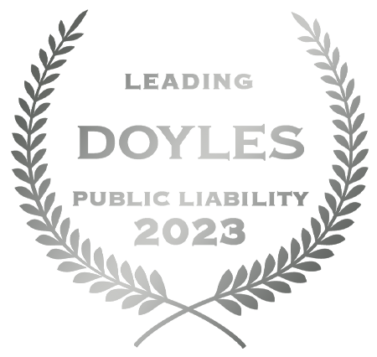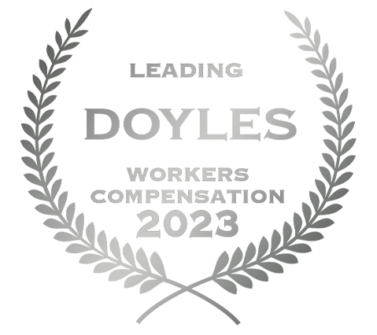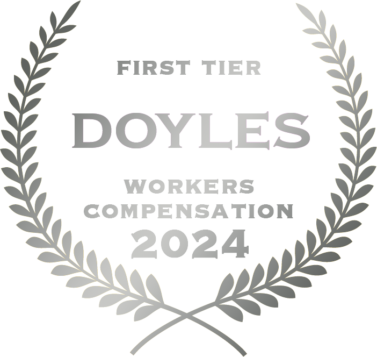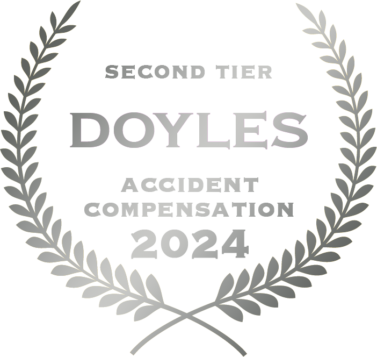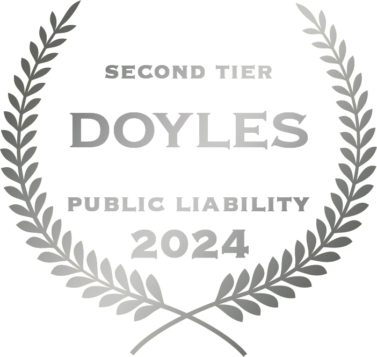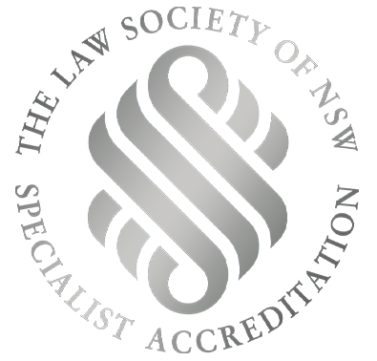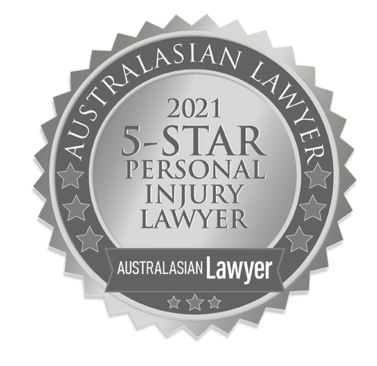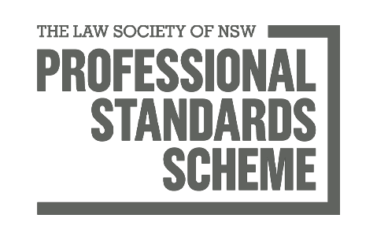
Eye Injury at Work – Compensation and Payout Guide.
An eye injury at work can be caused by a wide variety of hazards such as debris or objects penetrating your eye, burns caused by heat or chemicals, dust, intense light, eye strain, and inadequate eye protection. Jobs like welding, grinding, drilling, and handling dangerous chemicals are just a few examples of jobs that put you at risk of eye injuries.
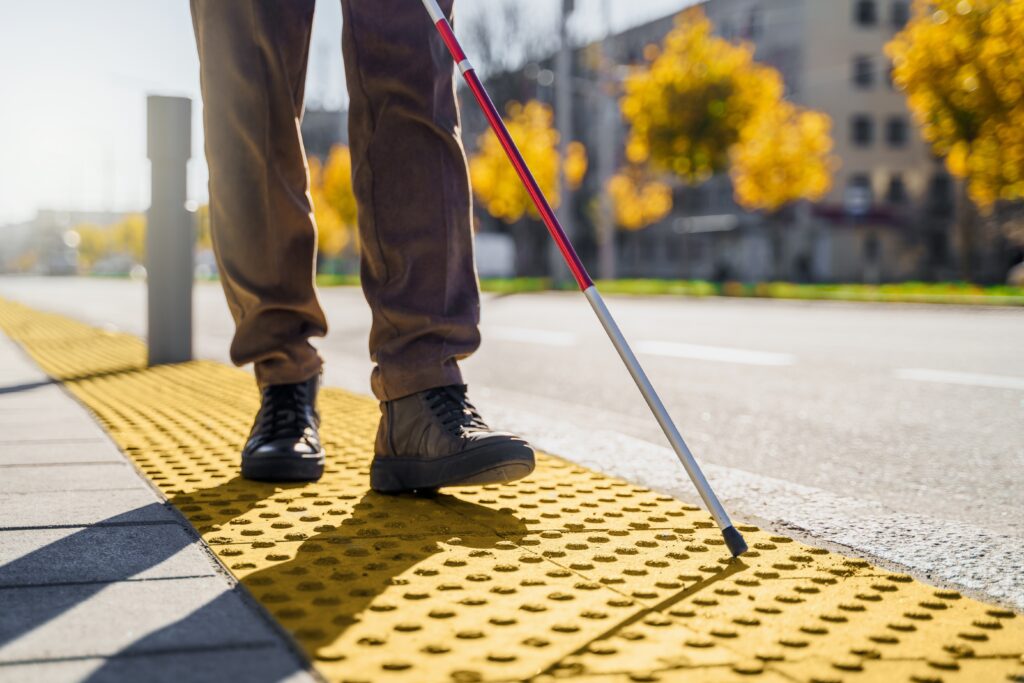
Compensation can pay the costs of your medical bills and wages while you’re off work, but you might not automatically receive your full entitlements for your eye injury compensation claim, especially if you’re entitled to a lump sum payout.
Read on to learn how to make sure you don’t miss out on any eye injury compensation and lump sum payments you’re entitled to.
Claiming compensation for an eye injury at work – what you need to know.
If you’ve injured your eye at work the first thing you need to do is to have your injuries medically treated and assessed and report them to your employer. Your employer should then report your injury to their workers compensation insurer.
Many people come to us needing help with one of these four common situations:
1- You’ve injured your eye but haven’t claimed yet.
If you don’t know where to start we can help you with your claim from start to finish.
2- You’re already receiving weekly benefits for your eye injury but want to know about additional entitlements.
This is a really common query. Many of our eye injury clients are entitled to lump sums they haven’t been told about.
3- You’ve had specific benefits for your eye injury denied or cut off.
This is also a common situation. We’ve had lots of clients approach us because they’ve had essential surgery or treatment denied by an insurer.
4- Your eye injury claim was rejected.
Claims are often rejected on the basis that the eye injury wasn’t caused by a work accident or was a pre-existing condition. You may still be eligible for compensation if we can show that your job made an injury or condition you already had worse.
Whether you’re about to submit a claim or you fall into one of these four categories, read on to learn how to get your full entitlements.
What compensation can I claim for my eye injury?
If you’ve injured your eye at work in NSW and you make a claim for workers compensation, the following table shows what you may be eligible to claim:
| Workers Compensation Payments NSW | Description |
| Weekly payments | These are payments to compensate you for lost income while you’re off work due to your eye injury. |
| Medical expenses | Payment of your medical, hospital, ambulance, rehabilitation (including home help) and travel expenses. |
| Permanent impairment payout | A lump sum compensation payout to cover a permanent impairment as a result of your eye injury. |
| Work Injury Damages payout | Also known as a common law claim, this is a lump sum payout for damages if your eye injury was caused by your employer’s negligence. |
Permanent impairment and work injury damages for eye injuries are not paid to you automatically; you need to apply for them separately, even if you’re already receiving weekly benefits.
Call 13 15 15 or chat to us now for free advice
Chat nowFind out how much you can claim.
Get startedWhat are the common causes of eye injuries that qualify for workers compensation settlements / payouts?
We’ve settled many workers compensation eye injury claims. Here are seven of the most common causes for those claims:
Foreign object eye injuries:
If small particles like dust, debris, or metal shavings enter your eye, it can cause irritation, scratches, or corneal abrasions. Trades such as building, carpentry, mining and manufacturing are particularly at risk for these eye injuries and could be eligible for workers compensation payments.
Chemical burns eye injuries:
If you’re exposed to hazardous chemicals or liquids it can lead to severe eye burns and damage, which may result in long-term vision problems. There are many trades and professions at risk from this type of injury including construction workers, manufacturing workers, healthcare, laboratory and research workers, farmers and anyone using cleaning chemicals in their workplace. This could result in significant workers compensation and lump sum payouts.
Blunt trauma to eyes:
Impact from objects like tools, equipment, or machinery can cause contusions, fractures, or even ruptured eyeballs. These could result in significant eye injury workers compensation payments. It’s no surprise that construction workers and those in the manufacturing industries are particularly at risk of these eye injuries.
Penetrating injuries to eyes:
Sharp objects like nails, glass, or metal can penetrate your eye, causing serious damage and potentially leading to permanent vision loss. This could result in large eye injury lump sum payouts. Builders, factory workers, and car mechanics are some of the most at-risk groups for these types of eye injury.
Thermal eye injuries:
If you work in a job like welding or as a car mechanic, you may be exposed to extreme heat or intense light, such as from the welding or cutting processes. These can cause burns to your eye’s surface or the retina, which could mean you’re eligible for significant eye injury workers compensation payments.
Radiation eye injuries:
If you’re overexposed to radiation, such as ultraviolet (UV) rays, it can damage the eye’s sensitive tissues and lead to conditions like photokeratitis. This could be eligible for workers compensation payments. Many people could be exposed to UV radiation in the workplace, from welders and solar panel installers to UV printers and tanning salon workers.
Electrical injuries to eyes:
If you have an electrical accident it can cause burns to the eye’s tissues, as well as impact vision due to the disruption of electrical signals to the optic nerve. This could be eligible for workers compensation eye injury payments. People who work as telecommunications technicians, electricians, HVAC installers, and on power lines are just a few of the people at risk for these eye injuries.
Eye injury payout example: hospital employee who lost an eye awarded over $300K settlement.
Bryan* worked in a hospital and part of his job included moving oxygen tanks and refreshing them for patients. During a routine check, one of the valves exploded. The pressure had built up and blew shrapnel straight into Bryan’s face and neck. He was rushed to emergency, but the surgeon couldn’t save Bryan’s right eye.
A friend recommended Law Partners to Bryan, and we investigated his workers compensation claim. We found that the hospital hadn’t identified the oxygen tanks on any of their risk assessments, so their negligence, coupled with Bryan’s whole person impairment rating of 24% meant we were able to pursue a strong case.
The final settlement came to over $300,000 to compensate Bryan for his lost income and support him until his retirement.
*Name has been changed to protect our client’s identity.
What’s the average payout for an eye injury at work?
In the last financial year, 100,688 workers compensation claims were submitted in NSW, and $4.57 billion was paid out in benefits and lump sums. That’s $45,433 for every new claim submitted.*
However, eye injury claims may be higher than the average claim, especially if eyesight is significantly impaired or surgery is required.
You can see from the example above that our client received a settlement of over $300K for an injury that required eye surgery and resulted in the loss of one eye. This settlement also shows that if a serious eye injury at work is caused by employer negligence then this can add literally hundreds of thousands to the final settlement. Read on to learn more about lump sum claims for eye injuries.
*According to SIRA Open Data, August 2023
Can I claim a lump sum for my eye injury?
There are two ways you may qualify for lump sums:
Permanent impairment lump sum – you can claim this if your permanent impairment rating is assessed as 11% or more.
Many people with eye injuries miss out on permanent impairment lump sums because they don’t meet the impairment rating threshold of 11%. But if your assessment wasn’t done correctly and fails to consider the full impact of your injury, you could be entitled to the lump sum.
Work injury damages – a lump sum payout for damages if your eye injury was caused by your employer’s negligence.
To make a work injury damages claim for an eye injury, you need a workers compensation lawyer with experience in these claims to build the evidence that your employer’s negligence caused your accident.
If you think you’ve missed out on a lump sum you’re entitled to (for example, your permanent impairment wasn’t assessed correctly) or you need help with your claim you can call 13 15 15 for free legal advice.
Call 13 15 15 or chat to us now for free advice
Chat nowFind out how much you can claim.
Get startedCommon questions and answers on eye injury workers compensation.
- Eye injury claims should generally be submitted within 6 months
- This can be extended to 3 years in certain circumstances
- This can be more than 3 years if it relates to an injury resulting in death or serious and permanent impairment
- If a period greater than 3 years has passed since the accident then a claim may still be made with SIRA approval
A serious eye injury could involve anything that significantly damages your eye’s structure or function. This might include severe cuts, objects embedded in the eye, chemical exposure, blunt force trauma, or injuries that lead to loss of vision.
There are ways we can challenge the insurer’s decision for you if your eye injury claim is denied. Our team has a strong track record in getting claim denials overturned and you can get free legal advice on your options by calling 13 15 15.
Eye injury workers compensation lawyers.
Eye injury claims can vary widely. In many cases, eye injuries lead to other complications that affect your ability to live and work in the same way you did before the accident. It’s really important that your injuries are assessed and your claim is prepared thoroughly to make sure you receive all the compensation you’re entitled to.
At Law Partners, we take time to get to know you personally. We look at what your life was like before your eye injury, then we look at what’s changed. It’s this more personal approach that’s enabled us to win more compensation for our clients. We have dedicated workers compensation lawyers based in and around Sydney, including Newcastle and Parramatta. As well as offices around Melbourne ready to help you with your eye injury claim. We work on a no win no fee basis, and we win over 99% of our cases.

Chantille Khoury
Principal
A Doyle’s Guide listed personal injury law professional and one of the country’s preeminent workers compensation specialists, with over 15 years’ experience in delivering optimal outcomes to injured Australians.


